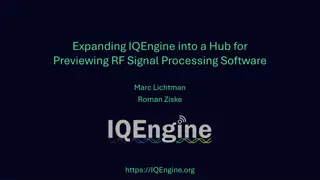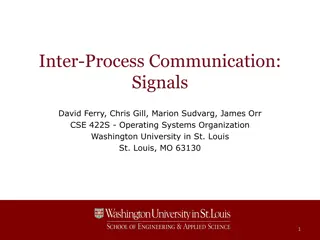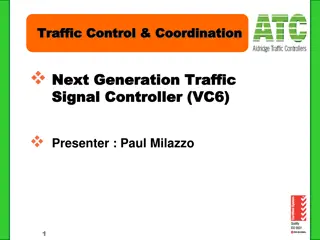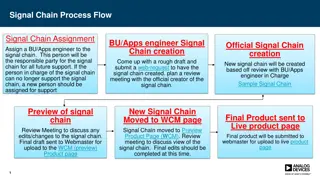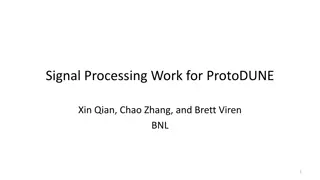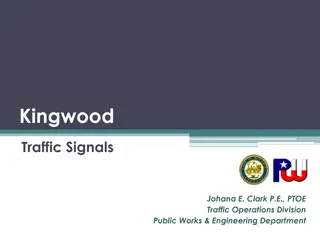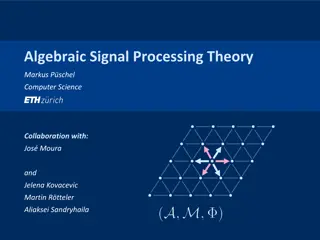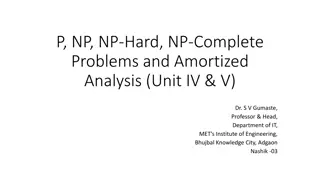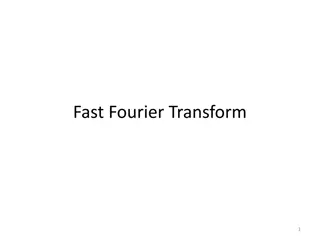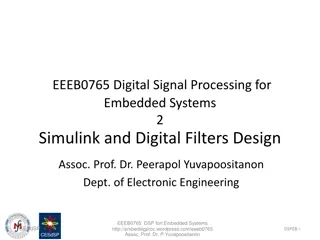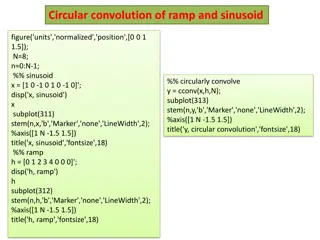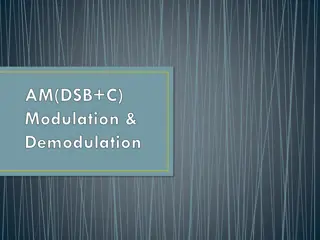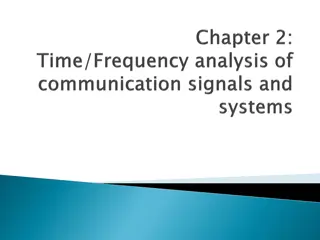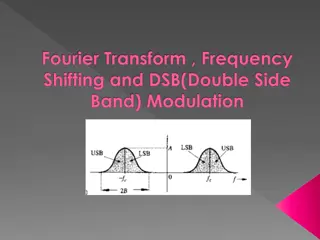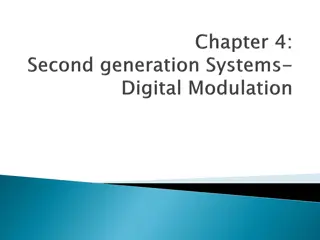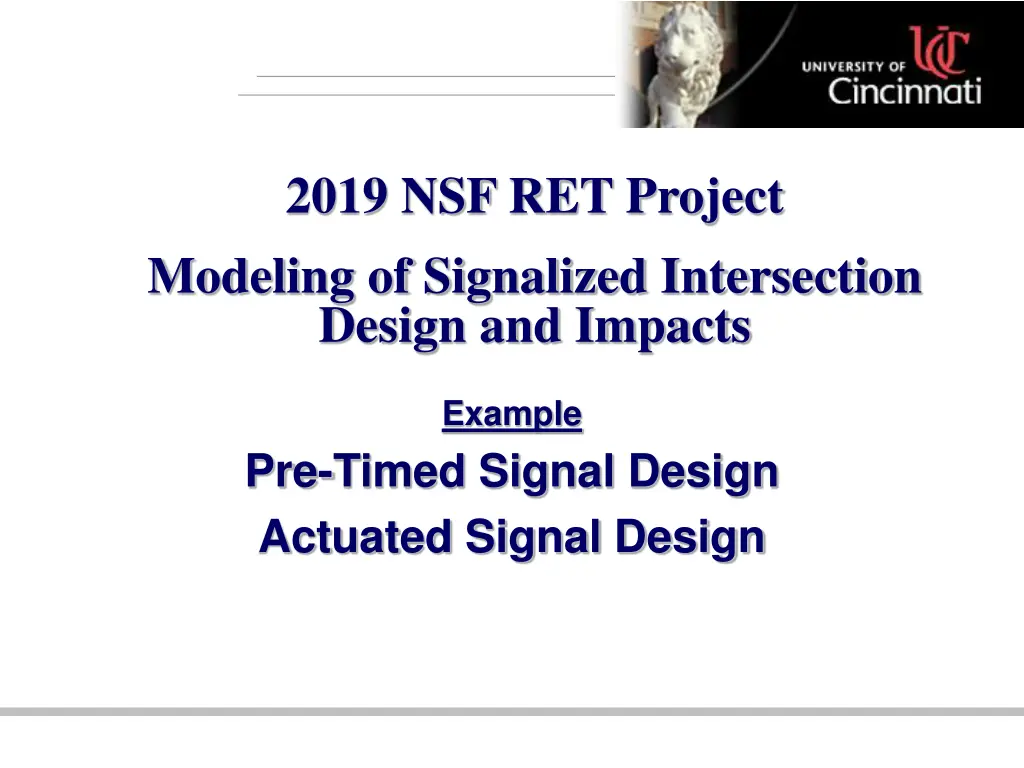
Model Signalized Intersection Design and Impacts Guide
Explore the detailed process of designing signalized intersections, including pre-timed and actuated signal designs. Learn about left turn requirements, turning equivalents, yellow and all-red intervals, cycle length calculations, and more. Gain insights into phasing, detector locations, critical-lane volumes, yellow and all-red times, and green time allocation for major and minor streets.
Download Presentation

Please find below an Image/Link to download the presentation.
The content on the website is provided AS IS for your information and personal use only. It may not be sold, licensed, or shared on other websites without obtaining consent from the author. If you encounter any issues during the download, it is possible that the publisher has removed the file from their server.
You are allowed to download the files provided on this website for personal or commercial use, subject to the condition that they are used lawfully. All files are the property of their respective owners.
The content on the website is provided AS IS for your information and personal use only. It may not be sold, licensed, or shared on other websites without obtaining consent from the author.
E N D
Presentation Transcript
2019 NSF RET Project Modeling of Signalized Intersection Design and Impacts Example Pre-Timed Signal Design Actuated Signal Design
Pre-Timed Signal Design Left Turn Requirement
Cycle Length Effective Green Total = C L Effective Green per Phase
Actuated Signal Design Example 22-1 Fig 22.6 shows an intersection that will be signalized using a semi- actuated controller. For convenience, the demand volumes shown have already been converted to through vehicle units
Step 1 : Phasing Phase 1 Minor Street Movements Phase 2 Major Street Movements Step 2 : Minimum Green Time and Detector Location
Step 3: Passage Time Minimum Passage Time: Regardless of type of detector being used, the passage time has a minimum value based on the location of point detector or the front edge of a presence detector. Step 4: Sum of Critical-Lane Volumes Volumes are to be converted into through vehicle equivalents and critical- lane volume for each phase are to be calculated.
Step 6: Maximum Green for Major Street and Minimum Green for Minor Street Initial Cycle Length Effective Green Time Final Cycle Length = Total Green Time +Total Yellow time + Total All Red Time


